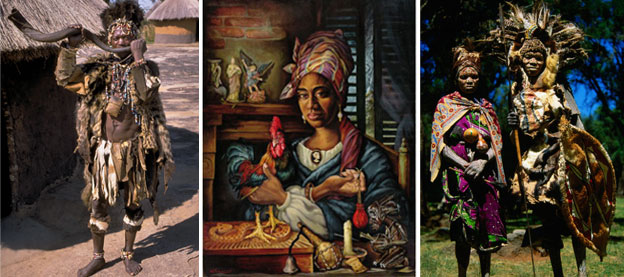
There were many unique forms of spiritual beliefs scattered throughout the African continent. The slaves brought from West Africa included the people from Nigeria and the Congo. They observed the Bantu custom and traditions. They had strong beliefs in the ability to barter with the spirits. They could have a practitioner, a shaman or holy man summon the spirits make offerings and sacrifices to them in return for any number of favors. Some wished for protection from their enemies. Others desired health and fortune. Still others wished the spirits to cause harm to their enemies. These belief systems were combined with native traditions in the Caribbean and Spanish Catholic-hybrid religions like Santeria that were practiced in the New World. The indigenous Brazilians incorporated elements of the Bantu into their own beliefs. The Bantu or Macumba customs were best observed in the Haitian Vodou beliefs.
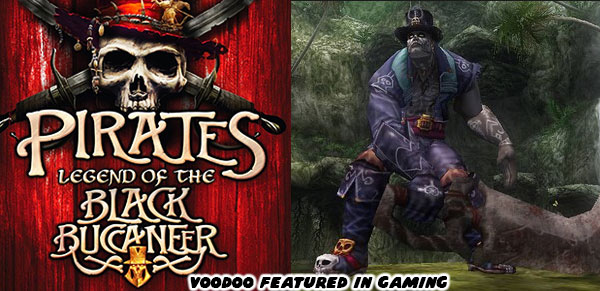
People in North America were familiar with the spiritual beliefs, hexes and spells from Voodoo due to the popularization of the religion on film and television. Voodoo dolls, zombies, shrines and altars with sacrifices had been featured in popular media over the past century. Those things were often attributed to ancient practices from exotic locations. The ability of a witchdoctor, or Voodoo Priest or Priestess to cast spells over people had been romanticized as well. The movement began in the US circa the 18th century when West African Slaves were transported to parts of the Caribbean and the early plantations in Louisiana and other French-controlled portions of North America. The African practices and indigenous Haitian beliefs were outlawed. Slaves and other conquered people were converted, some forcefully, to Christianity. The violent conversion of religious ideas resulted in a people that practiced a hybrid spiritual system. The religious iconography of African, Christian and island cultures blended together. Votive candles, sacrifices, offerings of tobacco, alcohol, crosses and skulls mixed to create a religion that was macabre and fascinating at the same time.
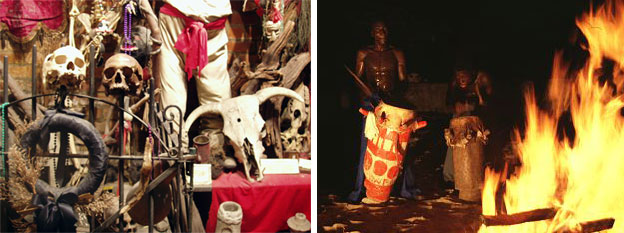
Voodoo practitioners were known as servants of the spirits. They carefully walked the line between the physical and spiritual worlds, catering to the wishes if not outright demands from the voices in either dimension. These practitioners were either well regarded or well feared by the population. The Macumba traditions differed slightly from the Voodoo customs. The indigenous tribes from North, Central and South America were also based heavily in different animistic, and spiritual beliefs. They had their own languages, symbols and ways of worship. When French and Spanish traders forced Catholic and Christian beliefs onto the tribes it also twisted their customs and influenced the creation of Santeria. The hybridization of spirituality in the Americas would take on many unique properties. The spirits of Macumba, sometimes called Orisha or Spirit Gods could manifest themselves in animals. Some of the more powerful spirits could make themselves appear as people. One symbolic figure in the Macumba tradition was that of a black man wearing a white Fedora. The Lord of the Crossroads, sometimes intertwined with the spirit of mischief, had a powerful influence on fate and could use his powers to cause trouble or convey a lesson to his believers. This character was known as Exu and was one of the named Orisha.
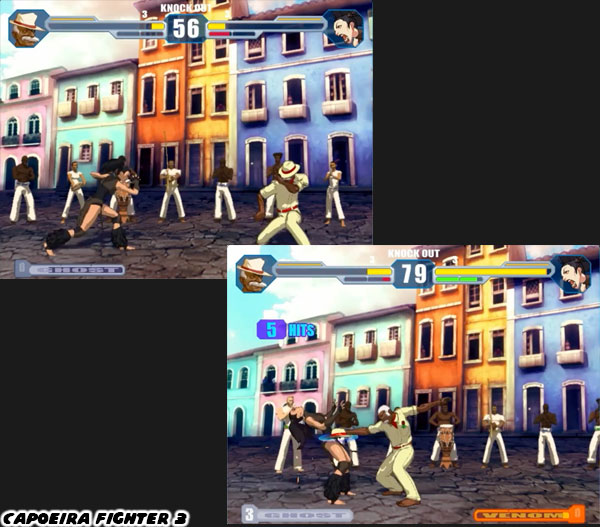
In Capoeira Fighter 3 there was a gallant fighter named Angoleiro. Although he was not a mystical person he certainly reflected the classic traditions of the African cultures. The elderly man was dressed in white yet walked barefoot, he also wore a white Fedora which he used in battle. They eye patch and sly grin added a bit of mystery to the man. Perhaps he was Exu in his human form after all. Angoleiro was sent to Brazil by a vision from his deceased wife Rosa. It seemed that there was a great conflict and a girl needed his help. He was not sure what the girl looked like as she was blurry in his dream. He found a native girl named Pantera dressed in animal skins. There was a land developer clear cutting the rainforest in order to build a hotel. It turned out that she was on the one that needed his assistance. Apparently the animal spirits had worked through his dreams in order to get him to a place where he could help. Although he was the oldest fighter in the game he still was still a master of capoeira. With his techniques and guile players could complete his mission.
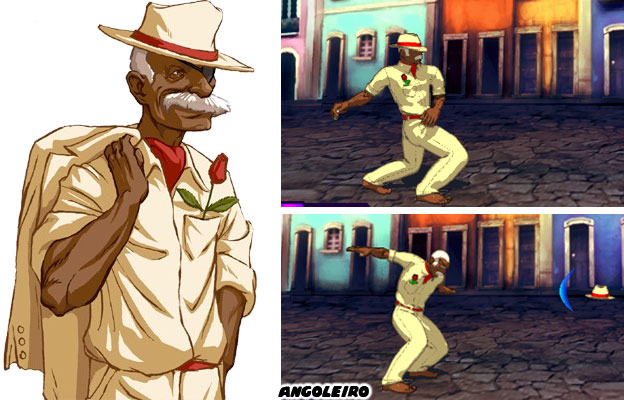
Angoleiro was reflective of the positive forces of the Orisha. When he came upon Pantera and even the character Coelha upon the crossroads he offered each a chance to change their destiny. Angoleiro was using his visions to elicit change in other people's lives. These were the natural courses that Macumba practitioners preferred. Using a vision for selfish reasons would often cause strife or worse end up cursing the practitioner. The spirits of the Orisha did not like to be toyed with. Angoleiro had made it to a ripe old age and was still a fighter to be reckoned with because he followed the right path. In Brazilian legend there was a slave that was a master of Capoeira but was also protected by the Exu. His name was Besouro Maganga, he was nicknamed after the junebug. Officials tried hunting him down but he was too quick for them, he could run along treetops and seemed impervious to bullets. It was said that no weapon forged by man could kill him. A jealous rival found out about the myth and crafted a knife made of palm leaves in order to assassinate him. Figures like Besouro and the contemporary Angolero reflected the positive aspects of the spirituality that followed Capoeira over from Africa.
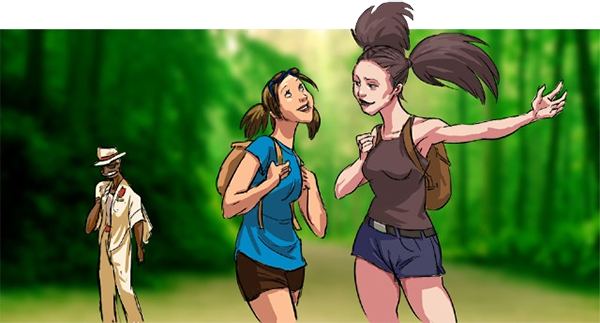
There was somebody in Capoeria Fighter canon however that did not follow the right path and never had. Mestre Zumbi had spelled trouble for the other Mestres and was a menace to the young practitioners of Capoeira since the very first game. He was confrontational, proud and jealous. It was a dangerous combination for the strong bruiser. Zumbi was lacking something, aside from his look, to set him apart from the other characters in the game. He was a powerful bully but what the game needed was a boss character. He discovered, or rather the team at Spiritonin discovered, that Macumba could be the power that elevated Zumbi from bad guy to major villain.
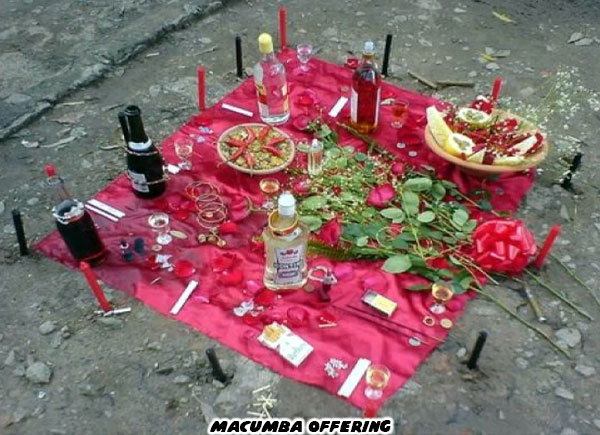
This would be the first fighting game that actually showed the evolution of a character from "regular" fighter into a boss-tier one. Moreover, this was the first fighting game that allowed players to start as one type of character and end the game with a completely new persona. The evolution of Zumbi was unique compared to all of the other fighting games, especially Street Fighter. The changes of Zumbi in CF3 contrasted Ryu in Street Fighter Zero. Ryu had always been a hero in the series. In Street Fighter Zero Ryu had to battle his own dark urges. The Evil Ryu personae was what he would have become if he had gone down the same path that created Gouki. After the events of Street Fighter II, III, IV and V it was apparent that Ryu was and always would remain the hero of the series. Much to the chagrin of some players, there would be no second coming of Gouki. Zumbi on the other hand had always been the bad guy and would always be the bad guy. Given his personality it made sense that he did not fight the dark elements but instead sought them out. It was like watching the great betrayal of Gouki to his master and even himself. Zumbi wanted to put fear into the heart of Loka and the other fighters. He embraced the forces of Macumba and became a vessel for their dark powers. In doing so a new character was born; Zumbi Azul, or Blue Zumbi. This dark master of Capoeira would now reign as the supreme force in their universe.
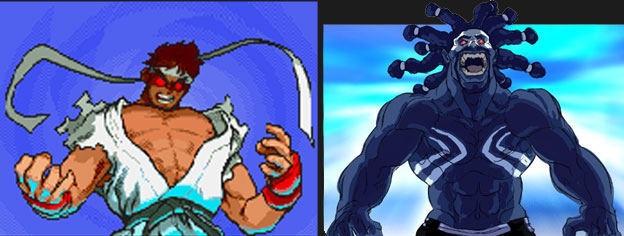
Previous to Capoeira Fighter 3 the studios in Japan and the US had been trying out many different types of characters from which to build a main villain from. Martial artists were the original boss characters however as time went on the final villains began to move away from the traditional arts. Most of the characters appeared to have been pulled from other genres like science fiction or even fantasy. SNK made a name for themselves by featuring well dressed but overpowered characters as bosses. They were supposed to look regal and in some instances even combined sharp clothing with vintage armor. The studios broke the balance in the game by assigning absurdly powerful attacks to these bosses, far more than the Dictator even. Some could kill regular characters with a few hits and often without having to even physically touch the opponent. This seemed cheap and reduced the impression that boss characters were supposed to give players.
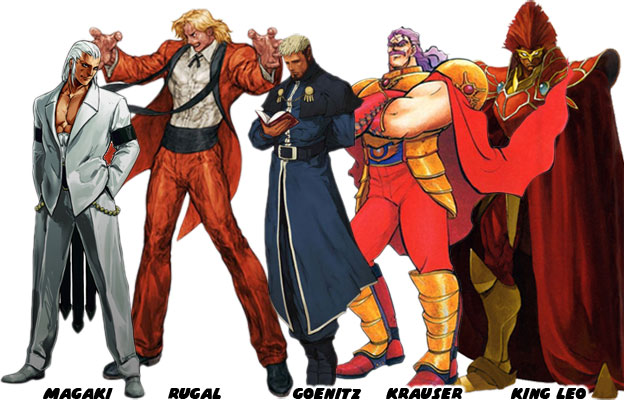
Capcom had demonstrated through Gouki that with a healthy dose of cultural cues the most memorable villains could be grounded in reality. For a fighting game it only made sense that the ultimate villain also had to be a fighter and not simply an overpowered man in a suit. Gouki had established a tradition that would be hard to top. His design incorporated animal as well as demonic cues but not to the point as to be absurd to players. Silber from Buriki One had been the closest to follow the formula, especially in form and function. He was a fearsome predator that hunted down martial arts masters all over the world. Like Gouki he appeared suddenly during the last fight to surprise players and vanished just as mysteriously. Silber was missing something however, an awe-inspiring super attack that made him more than just a superior karateka. This small detail was not missed by Spiritonin. Zumbi Azul had become the Gouki equivalent in the series. He controlled similar to the regular Zumbi but all of his attacks were much more powerful. It mirrored how Gouki controlled similarly to Ken and Ryu but with stronger attacks.
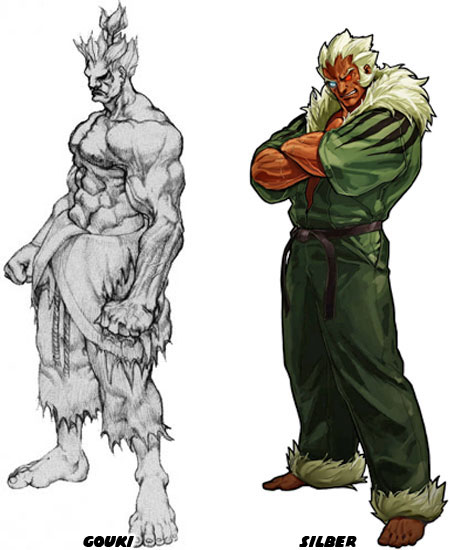
Gouki was famous for his Shun Goku Satsu. The character would hop on one foot and "teleport" over to an opponent. He would grab them and then proceed to pummel them with a flash of unstoppable strikes. The Instant Hell Murder was near impossible to escape at close range and could even reach most opponents at mid-range before they could counter. Zumbi Azul was given a similar attack for his Hyper Combo 3. The character would turn a ghostly, transparent red and then slide over to his opponent. Once caught Zumbi Azul would pummel his opponent with a flash of rapid strikes. A well timed final attack would all but guarantee victory for both bosses. The thing that made the special attacks slightly more interesting in CF 3 were that they could be combined with a "Power" modifier like Shield, Poison or Speed. If Zumbi Azul had Vampire, which was how the PC usually controlled the character, then not only would a player lose a tremendous amount of health from the Hyper Combo 3 but Zumbi Azul would gain all of that energy in return. It made the special attack all the more fearsome and the character more difficult for players to deal with.
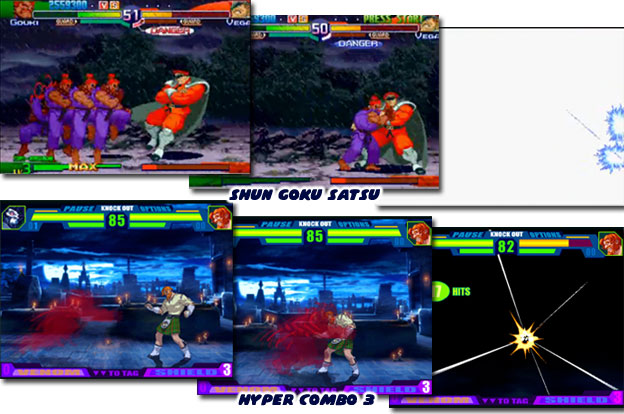
Spiritonin had introduced a villain that had as much presence as Gouki. This was not only rare for a Western publisher but was rare for the entire industry. The studio placed Zumbi Azul as a boss for several but not all of the characters in the game. It only made sense considering the long standing rivalry that Zumbi had against certain cast members. Players could unlock the character if they earned enough credits. Players earned credits for each character they beat the game and various modes as well. They were encouraged to beat both paths of the game with each character so that they might earn enough credits to unlock all of the hidden characters including Zumbi Azul. The differences between Zumbi and Zumbi Azul were subtle but each required precise timing to master. Spiritonin took all of the lessons that Capcom had laid down regarding boss designs and created a new chapter to the legacy of fighting games. The next blog will look specifically at how a minority character evolved to become one of the great all-time villains. As always if you enjoyed this blog and would like to sponsor me please visit my Patreon page and consider donating each month, even as little as $1 would help make better blogs and even podcasts!

No comments:
Post a Comment